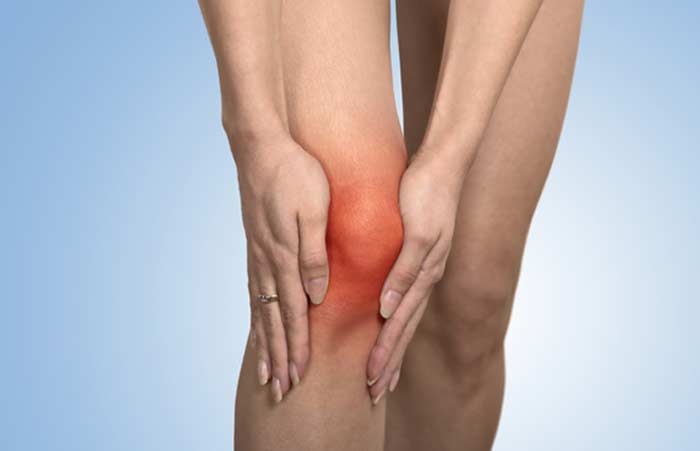
Intravenous (IV) infusions can be done when patients are unable to take oral medications or when severe dehydration is experienced.
For therapeutic purposes, what’s sometimes termed “IV therapy” is used to manage chronic pain, promote effective healing, and replace lost nutrients. Traditional IV infusions deliver antibiotic, antifungal, antiviral, or chemotherapy medications in a controlled manner.
This method of medication/fluid delivery can also be used to administer “specialty” infusion medications or solutions that may include blood factors, corticosteroids, and growth hormones.
IV Infusions for Pain Management
A common use of IV therapy is for pain management purposes. This may include the management of pain related to certain diseases. For example, patients with cancer pain that’s no longer effectively manageable with other pain management techniques may benefit from infusion therapy. Pain related to multiple sclerosis, Crohn’s Disease, rheumatoid arthritis, and various gastrointestinal disorders may also be manageable with special types of IV fusions. Some patients with urinary tract infections and severe sinusitis also benefit from IV therapy.


IV Therapy for Post-Surgery Recovery
Any type of surgery, whether it’s joint or spine surgery or procedures performed to correct an injury or remove a tumor, can take a toll on the body. While it’s normal for pain medications to be given to patients following surgery, some patients benefit more from IV infusions designed to prevent infections and other complications and stimulate the body’s natural healing, repair, and recovery systems. Results may be seen faster with medication delivered via IV since it’s delivered directly into the bloodstream without the need to go through the digestive system.
IV Infusions for Rehydration and Fitness Recovery
Some amateur and professional athletes turn to IV therapy to help with re-hydration after a strenuous competition or intense training periods. Infusions used in this manner often restore lost fluids, vitamins, and electrolytes that were lost. Some specialty drips also remove cell-damaging free radicals to further promote rejuvenation and overall wellness. Other times, athletes prefer to have certain medications that help with tissue healing delivered via IV to speed up the healing and recovery process.
How IV Infusions Are Done
Infusion therapy can be performed in a hospital or clinic under doctor or nurse supervision. If this is the case, patients are usually put into a comfortable position so the IV can be safely and conveniently set up. Delivery in this manner is often recommended for individuals who will only need IV infusions once, as may be the case with post-surgery infusions, or on an occasional basis. Home infusion may be an option for patients requiring long-term IV therapy. Prior to performing or starting any type IV infusion, a comprehensive patient assessment is typically performed to ensure that delivery of medication, vitamins, fluids, or restorative solutions via IV is appropriate for a particular individual.
When IV infusions are used for pain management or recovery purposes, patients are often encouraged to participate in other forms of physical therapy to improve muscle strength and further promote healing. Athletes considering IV fusions should be aware that infusions of more than 100mL per 12 hour period are prohibited under certain guidelines in and out of competition unless a Therapeutic Use Exemption (TUE) is granted.
